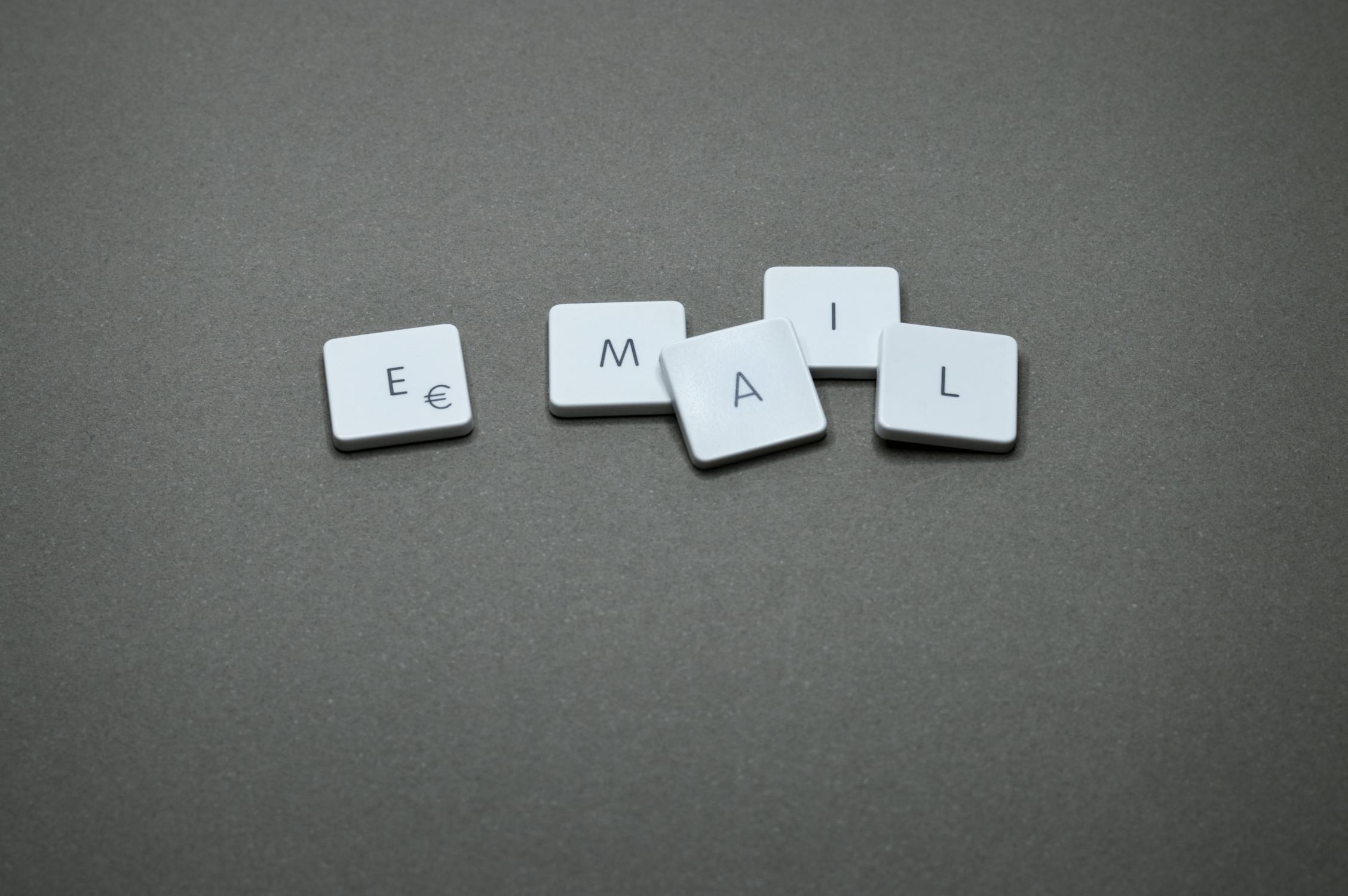Digital marketing encompasses all marketing efforts that use electronic devices or the internet to connect with current and prospective customers. Unlike traditional marketing, digital marketing allows businesses to reach their target audience where they spend much of their time: online.
Understanding Digital Marketing
At its core, digital marketing is about using digital channels to promote products and services to consumers and businesses. It leverages the internet and online-based digital technologies such as desktop computers, mobile phones, and other digital media platforms to promote brands and connect with potential customers.
Why Digital Marketing Matters
The digital landscape has fundamentally changed how consumers discover, research, and purchase products. Consider these statistics:
- Over 4.8 billion people use the internet globally
- The average person spends 7 hours per day looking at screens
- 81% of shoppers conduct online research before making purchases
- Digital marketing costs 62% less than traditional marketing
- Digital campaigns can reach 3x more people than traditional methods
Core Components of Digital Marketing
1. Search Engine Optimization (SEO)
SEO is the practice of optimizing your website to rank higher in search engine results pages (SERPs) for relevant keywords. This increases organic (unpaid) visibility and traffic to your website.
Key SEO Elements:
- Keyword research and optimization
- On-page optimization (title tags, meta descriptions, content)
- Technical SEO (site speed, mobile-friendliness, crawlability)
- Link building and authority development
- Local SEO for location-based businesses
2. Pay-Per-Click Advertising (PPC)
PPC is a model of internet marketing where advertisers pay a fee each time their ad is clicked. It's essentially buying visits to your site rather than attempting to earn them organically.
Popular PPC Platforms:
- Google Ads (search and display networks)
- Facebook and Instagram Ads
- LinkedIn Ads for B2B marketing
- YouTube advertising
- Twitter Ads
3. Social Media Marketing
Social media marketing involves creating and sharing content on social media networks to achieve marketing and branding goals. It includes both organic content and paid social advertising.
Major Social Platforms:
- Facebook - Broad audience reach and detailed targeting
- Instagram - Visual content and younger demographics
- LinkedIn - Professional networking and B2B marketing
- Twitter - Real-time engagement and news sharing
- TikTok - Short-form video content and Gen Z audience
4. Content Marketing
Content marketing focuses on creating valuable, relevant, and consistent content to attract and retain a clearly defined audience. The goal is to drive profitable customer action through informative and engaging content.
Content Types:
- Blog posts and articles
- Videos and webinars
- Infographics and visual content
- Podcasts and audio content
- E-books and whitepapers
- Case studies and testimonials
5. Email Marketing
Email marketing involves sending commercial messages to a group of people via email. Despite being one of the oldest digital marketing channels, it remains highly effective with an average ROI of $42 for every $1 spent.
Email Marketing Types:
- Newsletter campaigns
- Promotional emails
- Welcome series for new subscribers
- Abandoned cart recovery emails
- Customer retention campaigns
6. Affiliate Marketing
Affiliate marketing is a performance-based marketing strategy where businesses reward affiliates for each customer brought by the affiliate's marketing efforts. It's essentially paying for results.
7. Influencer Marketing
Influencer marketing leverages the reach and credibility of social media influencers to promote products or services. It can range from celebrity endorsements to partnerships with micro-influencers in specific niches.
Digital Marketing vs Traditional Marketing
Digital Marketing Advantages:
- Measurable Results: Track ROI, conversions, and engagement in real-time
- Targeted Reach: Precise audience targeting based on demographics, interests, and behavior
- Cost-Effective: Generally more affordable than traditional advertising
- Global Reach: Access to worldwide audiences regardless of business size
- Personalization: Customize messages for individual users
- Interactive Engagement: Two-way communication with customers
Traditional Marketing Characteristics:
- Print advertising (newspapers, magazines)
- Broadcast media (TV, radio)
- Direct mail and billboards
- Generally higher costs and less measurable results
- Broader, less targeted reach
Getting Started with Digital Marketing
Step 1: Define Your Goals
Establish clear, measurable objectives for your digital marketing efforts. Common goals include:
- Increasing brand awareness
- Generating leads and sales
- Building customer loyalty
- Improving customer service
- Expanding market reach
Step 2: Identify Your Target Audience
Create detailed buyer personas that include:
- Demographics (age, gender, location, income)
- Psychographics (interests, values, lifestyle)
- Online behavior and preferred platforms
- Pain points and challenges
- Purchase decision factors
Step 3: Choose Your Channels
Select digital marketing channels based on where your audience spends time and your business objectives. Most businesses benefit from a multi-channel approach that might include:
- A strong website with SEO optimization
- Active social media presence on relevant platforms
- Email marketing for customer retention
- PPC advertising for immediate visibility
- Content marketing for long-term authority building
Step 4: Create a Content Strategy
Develop a content calendar that provides value to your audience while supporting your business goals. Focus on creating content that:
- Solves problems for your audience
- Showcases your expertise
- Aligns with your brand voice and values
- Encourages engagement and sharing
- Guides prospects through the buying journey
Measuring Digital Marketing Success
One of digital marketing's greatest advantages is its measurability. Key metrics to track include:
- Website Traffic: Visitors, page views, session duration
- Conversion Rates: Percentage of visitors who complete desired actions
- Cost Per Acquisition (CPA): How much it costs to acquire a customer
- Return on Investment (ROI): Revenue generated compared to marketing spend
- Engagement Metrics: Likes, shares, comments, email open rates
- Brand Awareness: Search volume, social mentions, direct traffic
Digital Marketing Tools and Resources
Successful digital marketing requires the right tools. Essential categories include:
- Analytics: Google Analytics, Adobe Analytics
- SEO: SEMrush, Ahrefs, Moz
- Social Media: Hootsuite, Buffer, Sprout Social
- Email Marketing: Mailchimp, Constant Contact, HubSpot
- Content Creation: Canva, Adobe Creative Suite
- Project Management: Asana, Trello, Monday.com
Common Digital Marketing Mistakes to Avoid
- Not defining clear goals and target audiences
- Trying to be everywhere instead of focusing on effective channels
- Neglecting mobile optimization
- Focusing on vanity metrics instead of business outcomes
- Inconsistent branding across channels
- Not tracking and analyzing performance data
- Expecting immediate results from long-term strategies
The Future of Digital Marketing
Digital marketing continues evolving with emerging technologies and changing consumer behaviors. Key trends include:
- Artificial intelligence and machine learning
- Voice search optimization
- Video-first content strategies
- Privacy-focused marketing approaches
- Augmented and virtual reality experiences
- Increased personalization and automation
Digital marketing offers unprecedented opportunities for businesses to connect with their audiences, drive growth, and compete effectively regardless of size or industry. Success requires strategic thinking, consistent execution, and continuous learning to adapt to the ever-changing digital landscape.
Whether you're just starting or looking to improve existing efforts, focus on understanding your audience, providing genuine value, and measuring what matters most to your business objectives.






